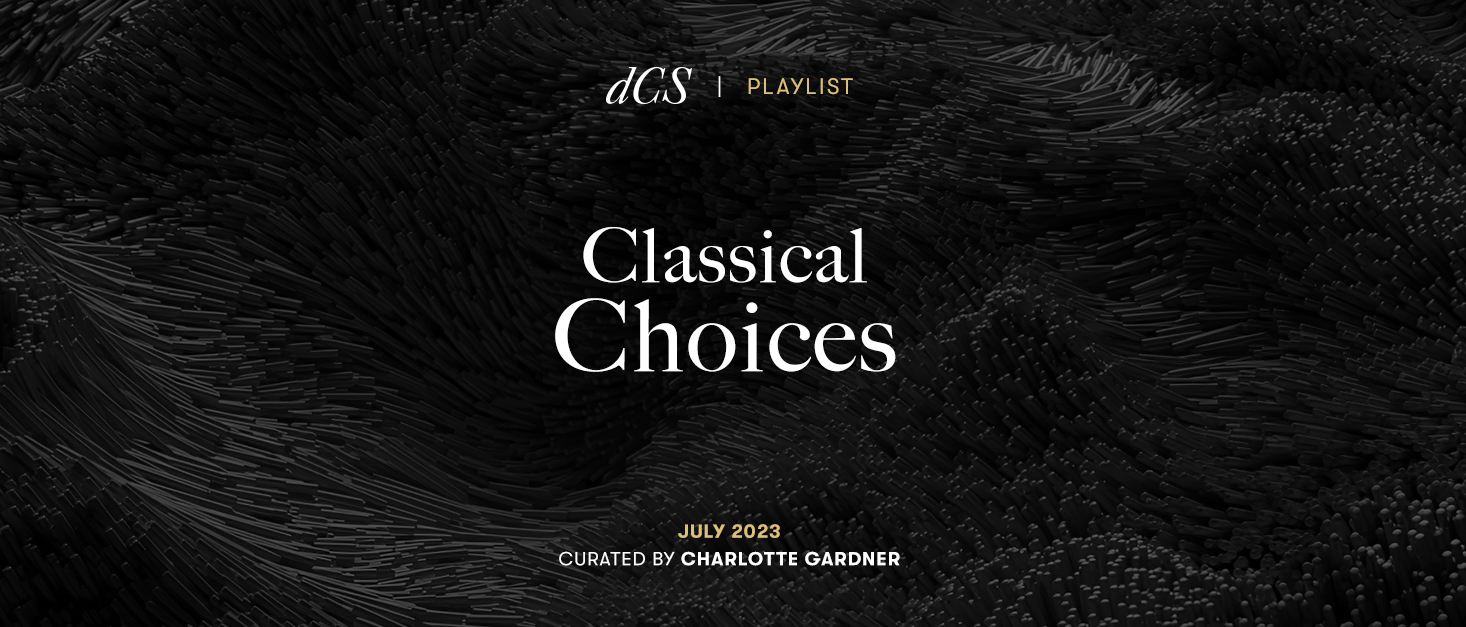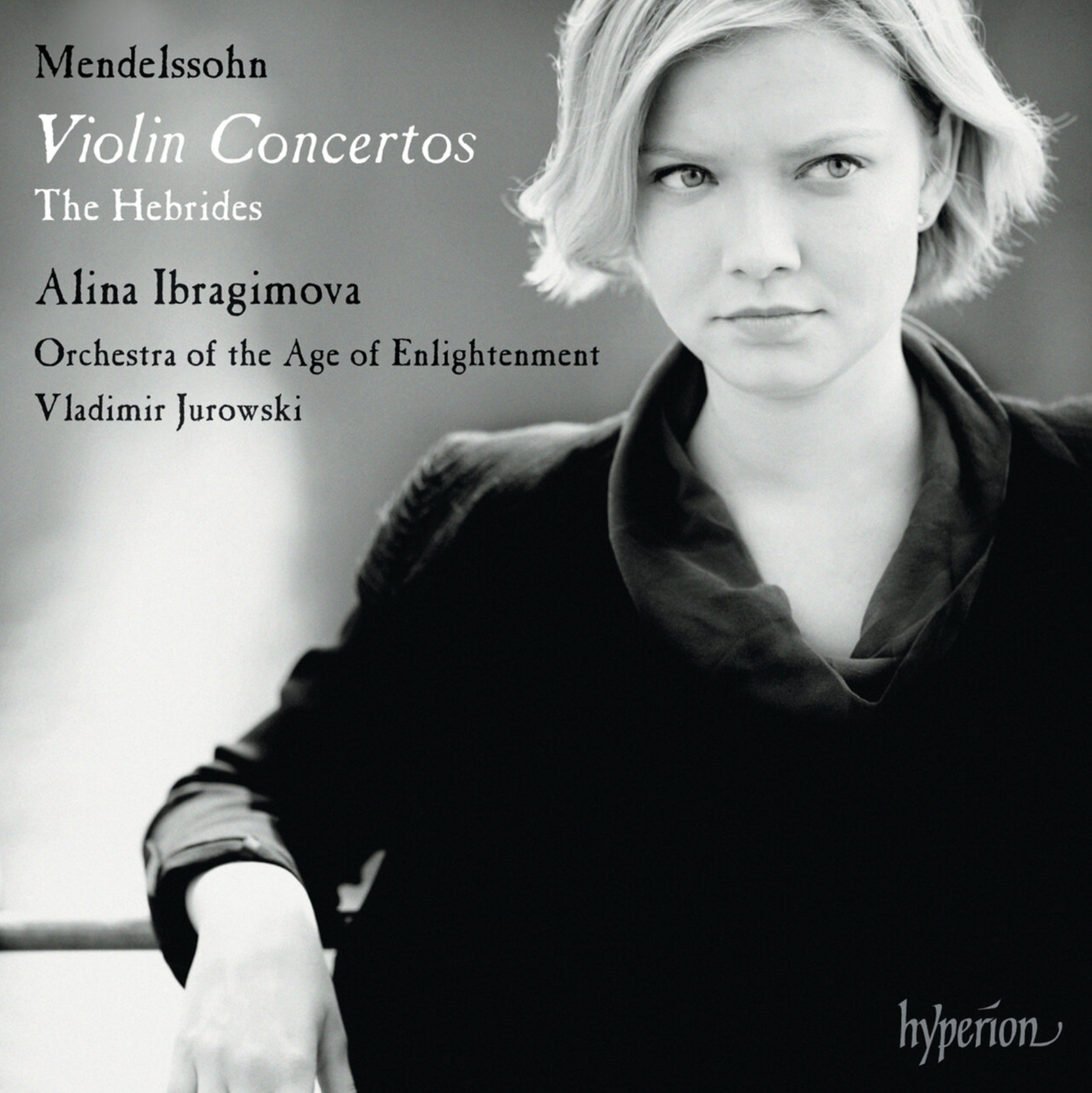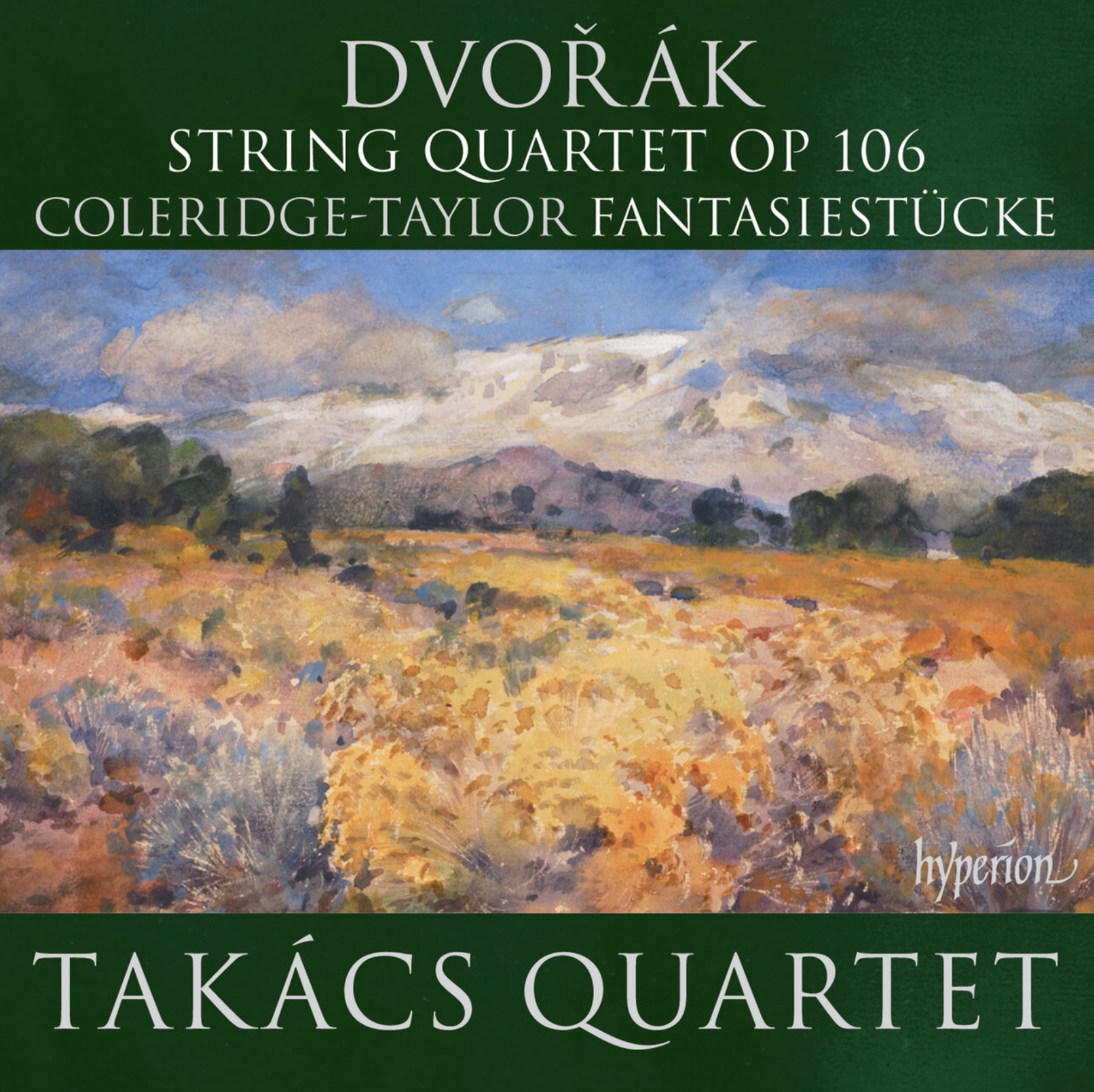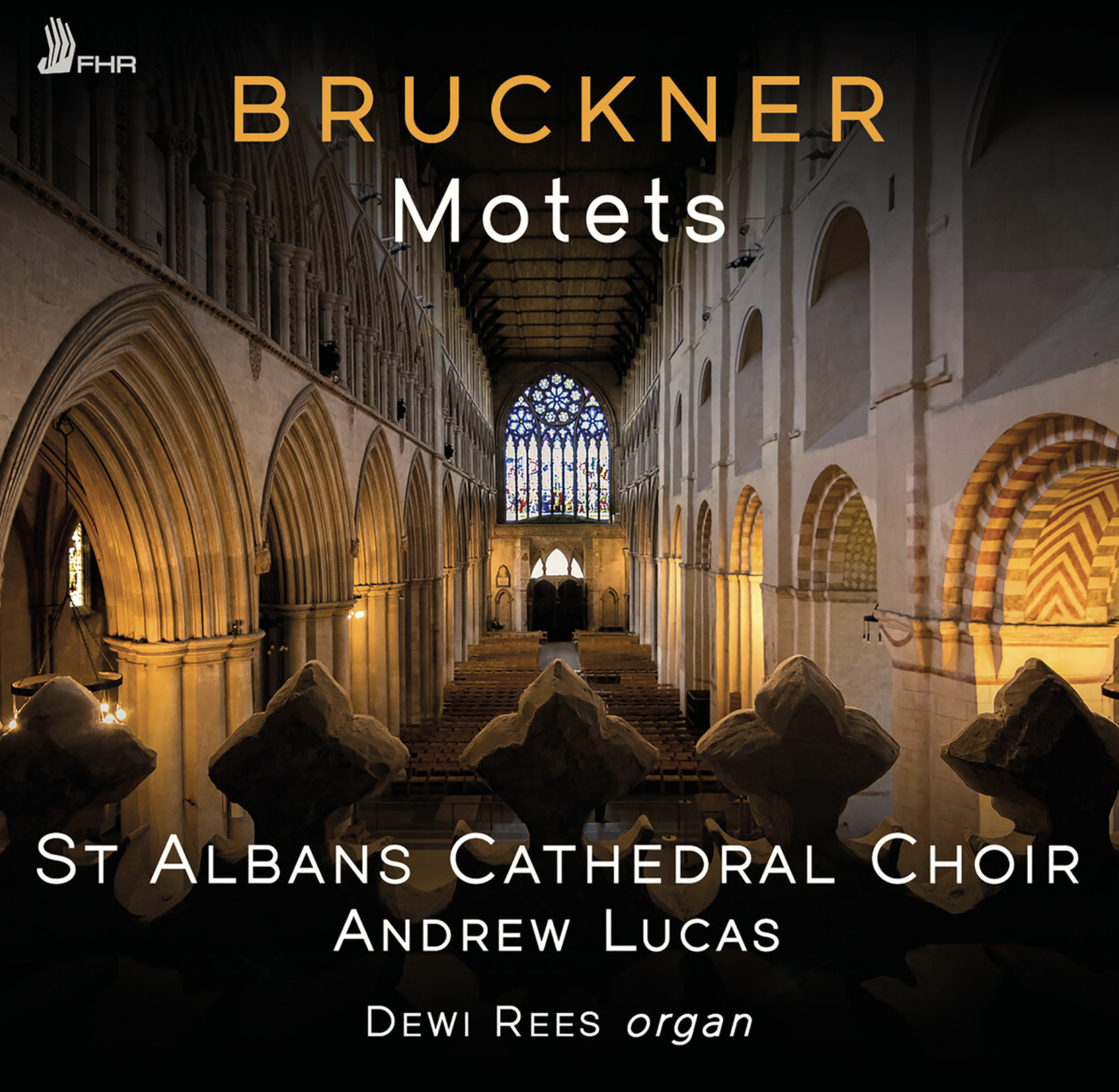Mendelssohn: Violin Concerto
Alina Ibragimova, Orchestra of the Age of Enlightenment, Vladimir Jurowski
Hyperion
This month’s Classical Choices playlist opens with a celebration of the news that specialist label Hyperion is finally making its catalogue available on streaming services. From now on, all new Hyperion releases will be available to stream. The label - which joined Universal Music’s portfolio in March this year - will also be making its back catalogue available in a gradual process (some 200 recordings have been added to streaming platforms so far, with more to follow in the next few months).
It’s a significant moment, given both the calibre of artists Hyperion is home to (its roster includes pianists Stephen Hough and Angela Hewitt, violinist Alina Ibragimova, cellist Alban Gerhardt and The Orlando Consort) and its reputation for excellence (the label has won numerous awards for its top-level production and artistic values).
To mark this momentous occasion, I’m opening with a Hyperion recording from 2012: a Mendelssohn violin concerto from Alina Ibragimova with the Orchestra of the Age of Enlightenment under Vladimir Jurowski. Glowing, strong, tender, vulnerable and fiery, it’s a magnificent reading, and I’ve given you all of it here.
Dvořák: String Quartet, Op 106, Coleridge-Taylor: Fantasiestücke
Takács Quartet
Hyperion
Following our archive choice is another Hyperion recording, which presents an interesting combination of works from 1895: Czech composer Dvořák’s String Quartet No 13 in G major – a late-career masterpiece, composed after he relinquished his directorship of New York’s National Conservatory of Music – and five rarely recorded Fantasiestücke from Samuel Coleridge-Taylor, a composer who was very much influenced by Dvořák.
It’s gorgeous stuff. The Dvořák first movement springs and sings with silvery finesse and delicacy, its textures beautifully lucid. Next comes a complete sea-change for the Adagio ma non troppo, its more sombre, cloaked tones and darker shading instantly reminding you that Dvořák’s homecoming was a painful one following the death of his beloved sister-in-law. This movement’s subsequent sections of nostalgic sweetness and more violently voiced bleakness are highly affecting, as are the contrasts of the third movement Molto vivace, where bleak grittiness rhythmically rubs shoulders with sunnier featherweight delicacy.
The Fantasiestücke, meanwhile, make for a perfect programme opener with their audible Dvořák influence – the melodicism, the lilting triple time and off-beat accents, the folky leaps of a fifth – and their richly but lucidly textured Romantic language. The Takács deliver this with rhythmic, lucid finesse, making the most of the writing’s close conversation, while also achieving fantastically fine blending (listen in the No 4 Minuet to their unison blending and tight dialogue between parts), dropping the listener into a new emotional world with each successive piece.
For the playlist, I’ve given you the Coleridge-Taylor.
Bruckner: Motets
St Albans Cathedral Choir, Andrew Lucas and Dewi Rees
First Hand Records
Bruckner’s symphonies have been having a moment in recent years, but before Bruckner became a symphonist, he was an organist and also a choirboy. This era of his life, fuelled by his profound and unwavering Catholic faith, is very much reflected in his catalogue of works, which includes a significant body of sacred music alongside his symphonic output.
To celebrate the upcoming 200th anniversary of Brucker’s birth, Andrew Lucas and the St Albans Cathedral Choir have recorded a collection of his motets, including the famous Ave Maria WAB 6, Locus iste WAB 23 and Os justi WAB 30. Defining features of this new release include the presence of boy trebles rather than female sopranos (tallying with what Bruckner’s original intentions would have been), and the generous acoustic of 11th century St Alban’s Cathedral. The way in which voices travel around this magnificent space has been beautifully captured for this recording with the use of Dolby Atmos spatial audio.
Bruckner’s motets require immense stamina, particularly from the trebles, so one of the real delights of this album is how smoothly the St Albans choristers rise to the challenge. The exposed and sustained high-register work of the aforementioned Ave Maria is delivered with clean control, its phrasing satisfyingly shaped and weighted. Other pleasures include organist Dewi Rees stepping centre stage for a handful of well-placed and chosen solo organ interjections, and occasional accompaniment roles. A nicely blended trombone trio also pops pleasantly up at points to provide additional brass colour. For the playlist, I’ve given you the programming-opening Ecce sacerdos magnus – voices joined by organ and trombones, and all the above qualities out on full display – followed by the solo organ Prelude and Fugue in C minor, and voices-only Os justi.
A Beethoven Journey: The Symphonies
Verbier Festival Chamber Orchestra, Gábor Takács-Nagy
Does the world need yet another Beethoven symphonies cycle? It’s a valid question. But if we’re talking about what the Verbier Festival Chamber Orchestra has achieved with this particular recording, under the baton of its inexhaustible Music Director, Gábor Takács-Nagy, the answer is a resounding ‘yes.’
Founded in 2005, the Verbier Chamber Orchestra is made up of alumni of the Verbier Festival Orchestra training programme, who now hold positions in leading international ensembles such as the Vienna, Berlin and Israel Philharmonics, the Metropolitan Opera, London Symphony Orchestra and Leipzig Gewandhaus Orchester. Each year, these now-renowned orchestral talents return to Verbier out of sheer love for the Festival, for Takács-Nagy, and for playing with each other, forming one of the most nimbly responsive, joyous-sounding, superglued chamber orchestras in the world.
Captured live over a 13-year period, across multiple venues in Switzerland and Germany, this recording of Beethoven symphonies offers both a rare freshness and energy, and an astonishing cohesiveness of approach and engineering quality - particularly for such a long-term, multi-venue project.
Its readings are neither consciously “period” (for example, with clipped articulation, rough edges or racehorse tempi) or “traditional” in terms of their symphonic sound. Instead, it feels as though the focus is firmly on technicolour storytelling, with crisply pronounced dynamics, and interactions as nimble and closely conversational as a string quartet, adding up to a delicious combination of tautly responsive crackle and pounce, and lithely voiced, silky song. The whole thing fizzes with energy, intimacy and joy; and perhaps what’s most remarkable is how, for all this sense of complete originality – and sometimes an almost theatrical approach to mood and dynamic – nothing ever feels forced or wilfully eccentric. On the contrary, you’d be hard pushed to find a more natural-sounding set of Beethoven readings anywhere. For the playlist I’ve given you Symphony No 6, the “Pastoral,” but please don’t stop there: every single symphony here is a life-affirming zinger.



















